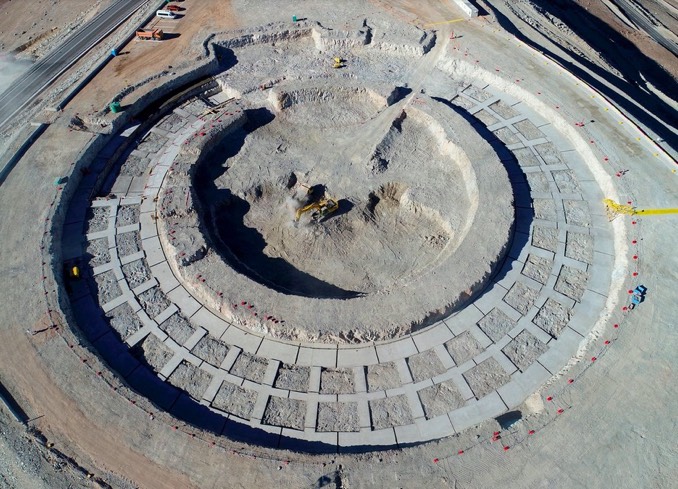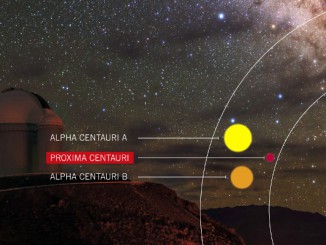The foundation of the European Southern Observatory’s Extremely Large Telescope is taking shape in Chile’s Atacama Desert. Once in operation, the ELT and its 39-metre (128-foot) segmented mirror will collect 200 times more light than the Hubble Space Telescope, using advanced adaptive optics to counteract atmospheric turbulence. The gargantuan telescope will be located atop the Cerro Armazones mountain. where construction crews removed the top 18 metres (60 feet) to provide the area needed for the giant instrument’s foundations.




